President Joe Biden signed the Infrastructure Investment and Jobs Act (H.R. 3684) on Nov. 15, 2021, finally pushing the hotly contested bipartisan infrastructure bill over the finish line. But it’s not all about roads, bridges, and train lines.
Regardless of your party affiliation or how fired-up you are over the asinine political whack-a-mole that went on leading up to the bill’s passage, the Infrastructure Investment and Jobs Act includes $40 billion earmarked for land access and fish and wildlife conservation. This is a big win if you hunt, fish, or recreate outdoors.
Throughout all the back-and-forth, the Congressional Sportsmen’s Foundation (CSF) and local and national hunting, fishing, and conservation organizations have been busy stumping on the Hill for natural infrastructure programs within the bill.
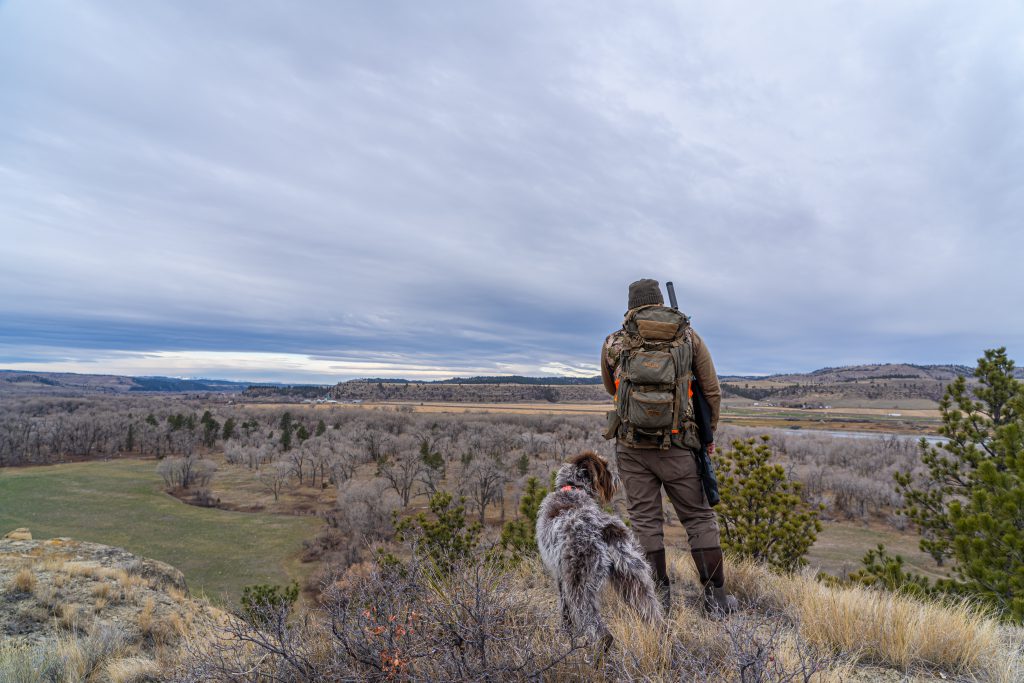
RELATED: The Art of Conservation: Yeti Presents’ Wild Sheep’
CSF considers the passage of these programs within the larger infrastructure bill a significant win. Some of the high points include:
Reauthorizing the Sport Fish Restoration and Boating Trust Fund
More than $650 million, funded by excise taxes generated by anglers and boaters, will be provided annually to state fish and wildlife agencies for local fish habitat conservation as well as boating and fishing access.
Authorizing efforts to restore aquatic organism habitat connectivity
$4 billion is allotted for a competitive grant program to replace, remove, and repair culverts to restore fish passage.
Providing Increased Financial Resources to Restore Our National Forests
The Repairing Existing Public Land by Adding Necessary Trees (REPLANT) Act removes the cap on the Reforestation Trust Fund. These funds will help the US Forest Service reduce its 1.3 million-acre planting backlog.
Increasing Access to Federal Lands
The infrastructure bill includes more than $2.1 billion over five years to improve infrastructure owned and maintained by the National Park Service, Fish and Wildlife Service, Forest Service, the Bureau of Land Management, and the Army Corps of Engineers.
Restoring Abandoned Mining Lands
More than $11 billion to reclaim mines and restore habitat for upland birds, elk, deer, and other important wildlife species in the area.
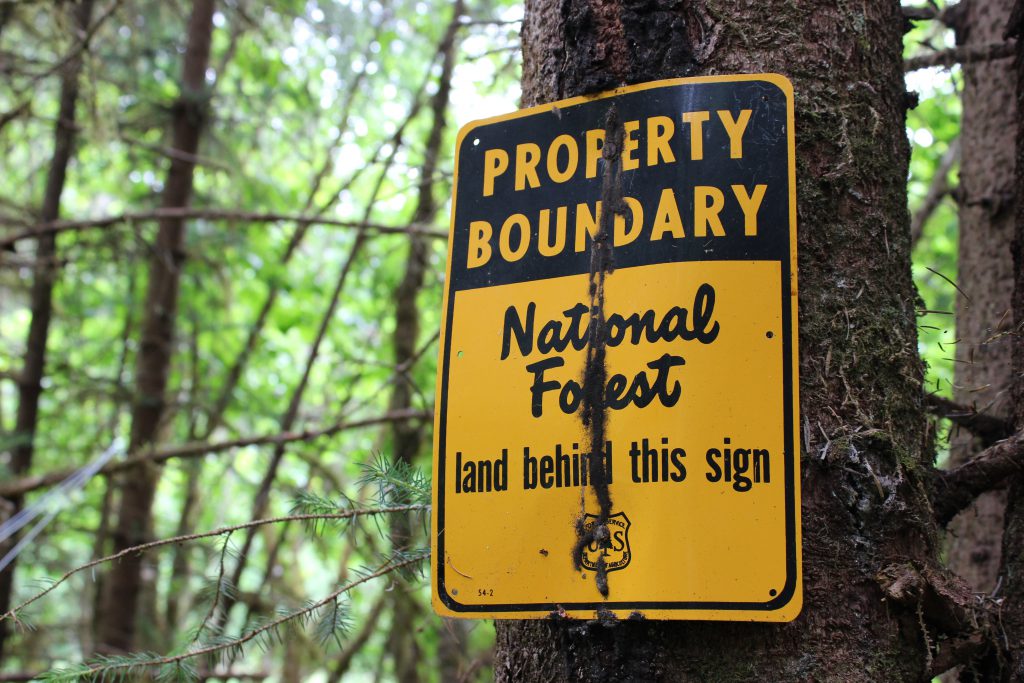
RELATED: Roadless Rule Reinstated in Tongass National Forest
These wins build on the momentum of fish, wildlife, and wilderness-focused bills that have been signed into law or repealed over the last couple of years, like the Great American Outdoors Act (GAOA), the Roadless Rule in the Tongass National Forest, and the Navigable Waters Protection Rule.
The GAOA, passed in 2020, ensures full and permanent funding — $900 million annually — for the Land and Water Conservation Fund (LWCF); and dedicates another $9.5 billion over the next five years to tackle maintenance backlogs in our National Parks and other public lands and waters.
The restoration of Roadless Rule protections in the Tongass National Forest earlier this year means that wilderness areas in the Tongass no longer face the threat of development and permanent habitat loss.
This year’s repeal of the Navigable Waters Protection Rule set into motion the redefinition of “waters of the United States” (WOTUS), protecting vital water resources that support public health, environmental protection, agricultural activity, and economic growth.
With the divisive state of our country right now, it’s good to see our elected officials rally around our woods, wildlife, and water. That’s a legacy we can’t afford to piss away.
Read Next: More Than 80,0000 Acres of Public Lands Inaccessible to Hunters, Anglers

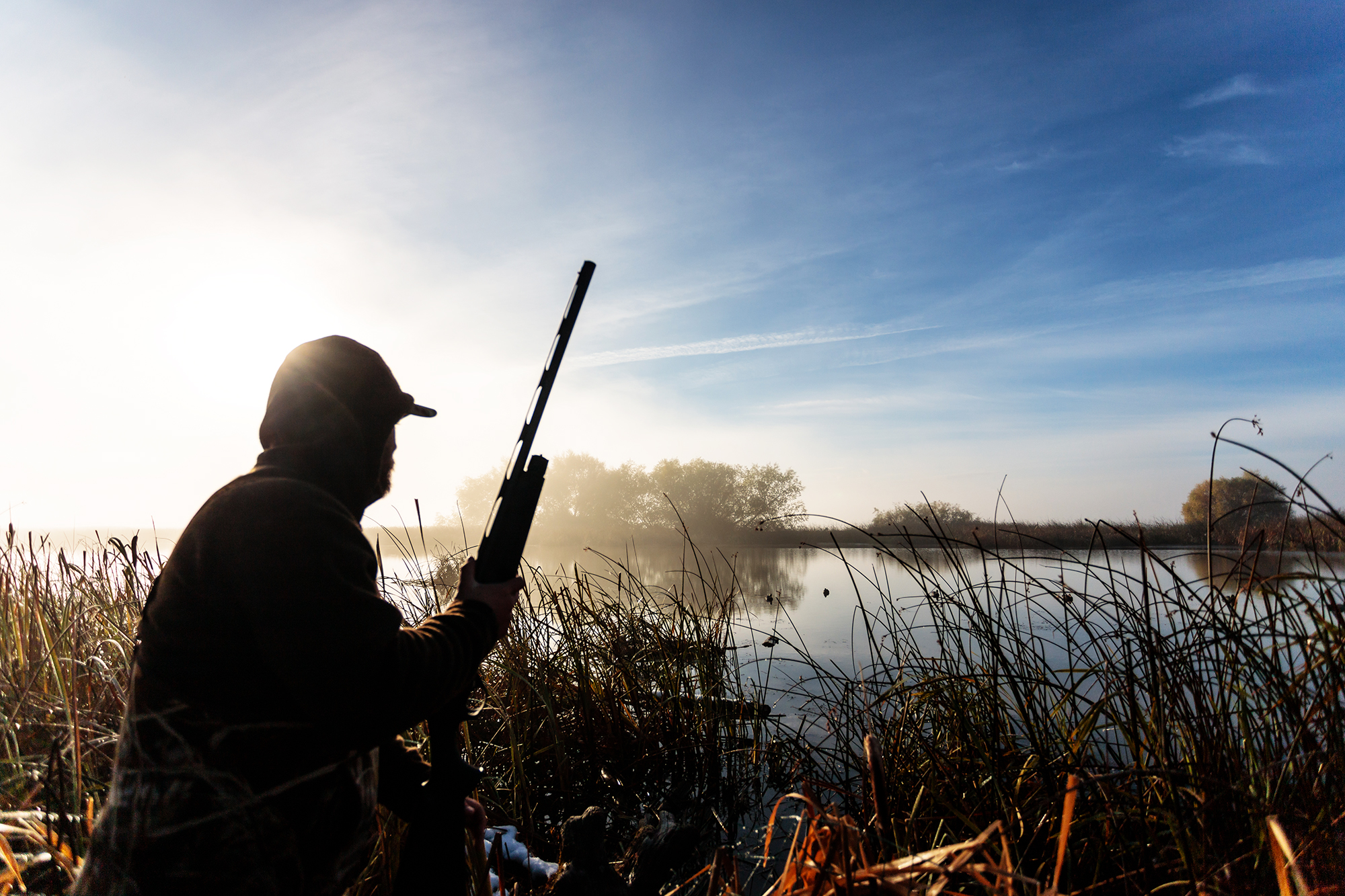


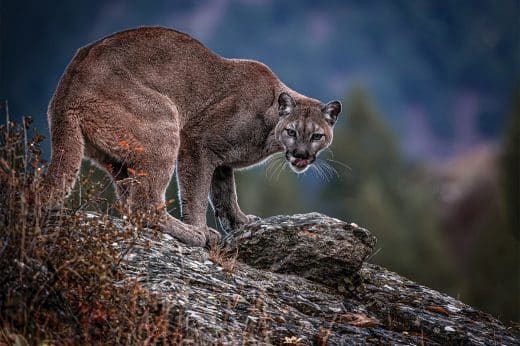
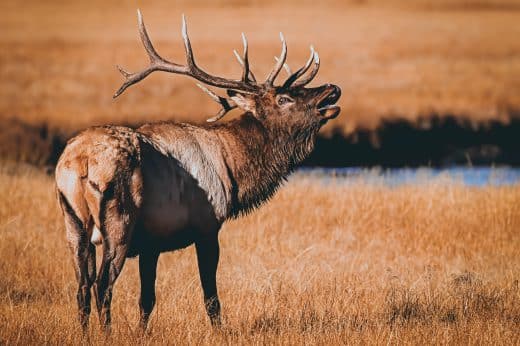


Comments